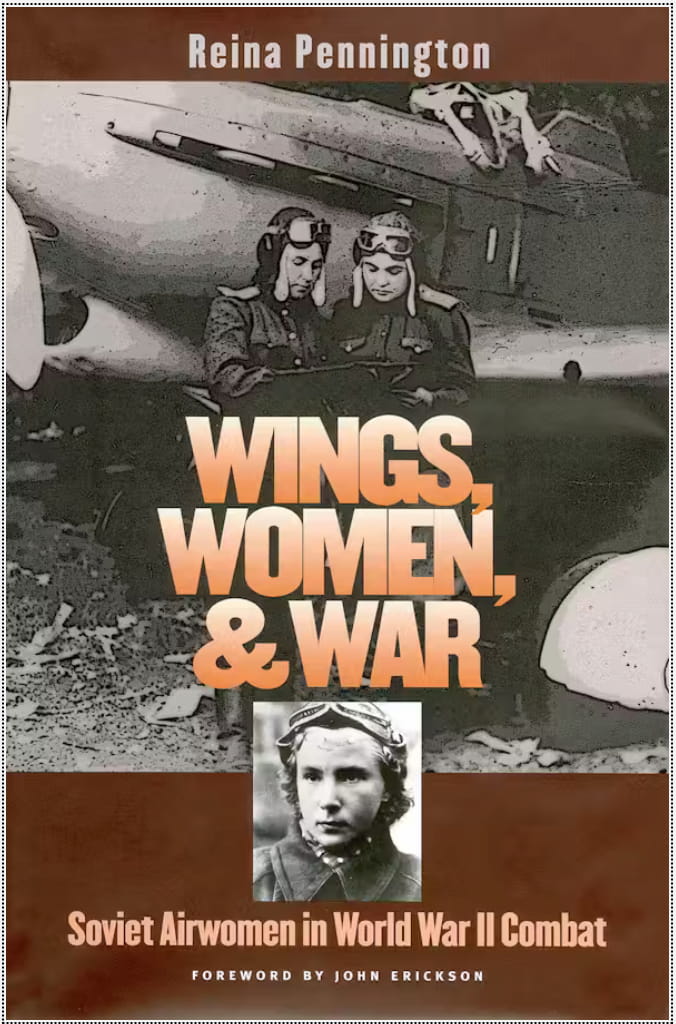
Wings, Women and War:
Soviet Airwomen in World War II Combat
Publisher: University Press of Kansas
ISBN: 9780700615544
Publication date: 2002
Contents
List of Maps
Foreword
Acknowledgments
List of Abbreviations and Translations
Introduction
1. Before the War
2. Recruitment and Training of Aviation Group
3. The 46th Guards Night Bomber Aviation Regiment
4. The 125th Guards Bomber Aviation Regiment
5. The 586th Fighter Aviation Regiment
6. Women at War in Mostly Male Regiments
7. Demobilization and Postwar Experiences
Conclusion
Appendix A. Lists of Regimental Personnel
Appendix B. Female Heroes of the Soviet Union
Appendix C. Thoughts on Sources and Historiography
Notes
Bibliography
About the Author
Index
The Soviet Union was the first nation to allow women pilots to fly combat missions. During World War II the Red Air Force formed three all-female units—grouped into separate fighter, dive bomber, and night bomber regiments—while also recruiting other women to fly with mostly male units. Their amazing story, fully recounted for the first time by Reina Pennington, honors a group of fearless and determined women whose exploits have not yet received the recognition they deserve.
Pennington chronicles the creation, organization, and leadership of these regiments, as well as the experiences of the pilots, navigators, bomb loaders, mechanics, and others who made up their ranks, all within the context of the Soviet air war on the Eastern Front. These regiments flew a combined total of more than 30,000 combat sorties, produced at least thirty Heroes of the Soviet Union, and included at least two fighter aces.
Among their ranks were women like Marina Raskova (“the Soviet Amelia Earhart”), a renowned aviator who persuaded Stalin in 1941 to establish the all-women regiments; the daredevil “night witches” who flew ramshackle biplanes on nocturnal bombing missions over German frontlines; and fighter aces like Liliia Litviak, whose twelve “kills” are largely unknown in the West. She also tells the story of Alexander Gridnev, a fighter pilot twice arrested by the Soviet secret police before he was chosen to command the women’s fighter regiment.
Pennington draws upon personal interviews and the Soviet archives to detail the recruitment, training, and combat lives of these women. Deftly mixing anecdote with analysis, her work should find a wide readership among scholars and buffs interested in the history of aviation, World War II, or the Russian military, as well as anyone concerned with the contentious debates surrounding military and combat service for women.
“
“A vivid and often moving saga of women in combat. Both harrowing and inspiring, it should become a classic of World War II aviation history.”
World War II History
“
“Extraordinary and often deeply moving”
Times Literary Supplement
“
“Pennington conveys wholly fresh, vivid, often unique and revealing insights drawn from a formidable and fascinating array of evidence. Much of her book is deeply moving. It is impossible not to be stirred, even appalled, by the fate of some of these women.”
